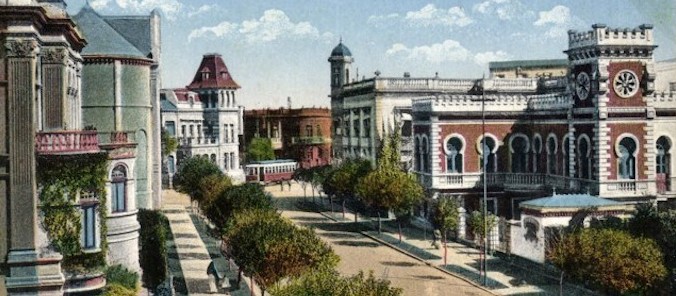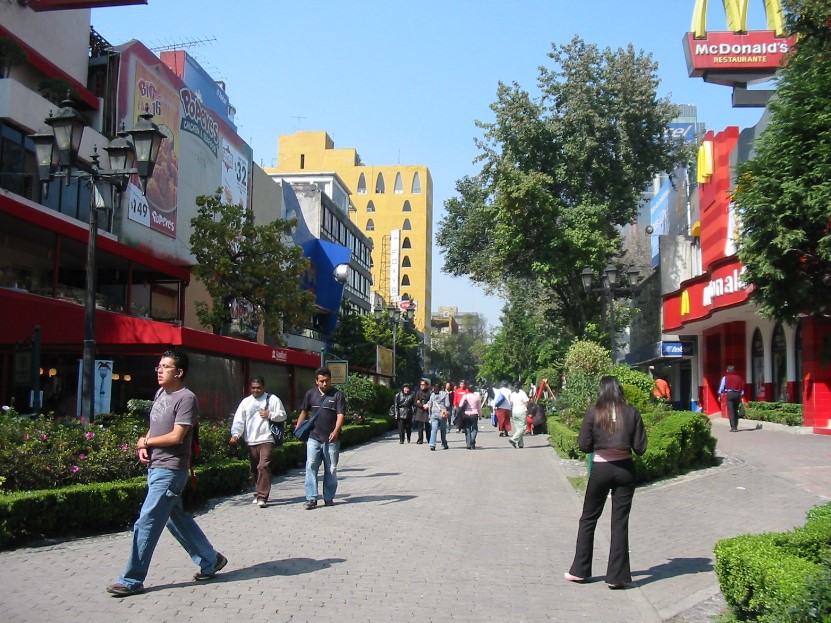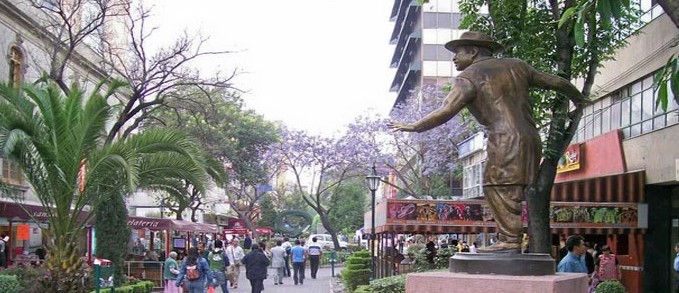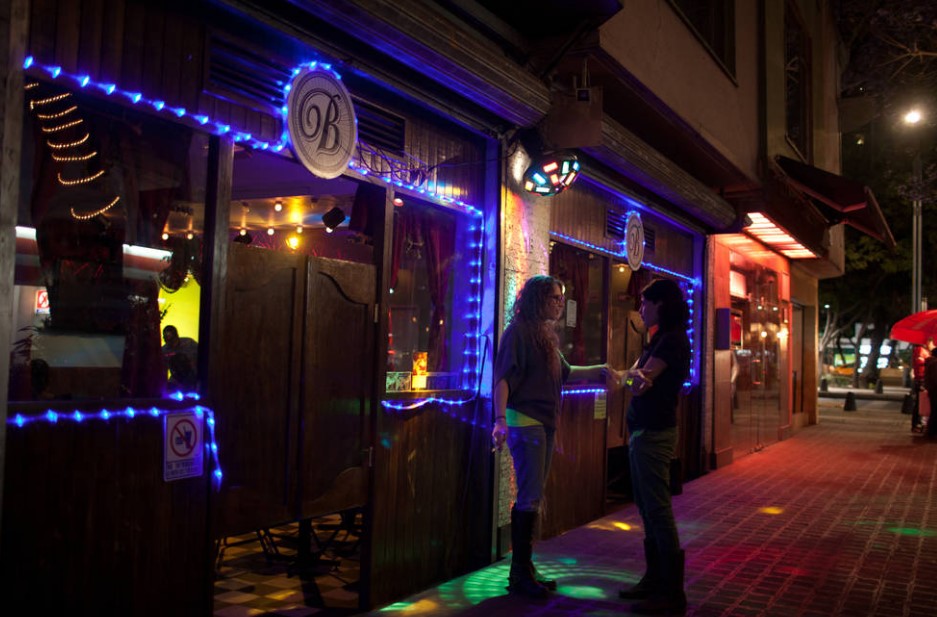The creation of Zona Rosa dates back to the 1950s. Many associate Zona Rosa in the Juárez neighborhood as a commercial area chosen by the LGBT community of the city as the ideal place to fully enjoy the nightlife. But the truth is that this area is considered the tourist corridor of Paseo de la Reforma, not only for its cultural offerings but also for its history.
Origin of Zona Rosa
The origin of Zona Rosa is contemporaneous with that of the Juárez neighborhood. By the end of the 19th century, there were wealthy families’ estates in this area, seeking to imitate the European lifestyle that was deeply rooted during the Porfiriato era. However, by 1940, the ostentatious residences were replaced. Carlos Fuentes narrates in “La región más transparente”: “through Niza, where the mansions of the Porfiriato were already declining towards the boutique, the restaurant, the beauty salon.”
Soon, the already named Juárez neighborhood transformed into a commercial zone where shops and offices began to emerge. It was also a neighborhood that hosted gatherings of various intellectuals due to the opening of cafés and bookstores.

Zona Rosa became a highly frequented area due to the 1968 Olympic Games and the 1970 FIFA World Cup. Modern buildings and luxurious hotels were constructed on the streets of the area, which were named after European cities (except for Tokyo, which is Asian).
Zona Rosa: a place for LGBT community
Entering the 1990s, the zone became a place of tolerance and inclusion for the LGBT community of Mexico City. It is a neighborhood abundant in bars and nightclubs specifically created for this community.
Where the name comes from?
The name Zona Rosa has been attributed to various reasons and origins. Some say it is due to the pink color of many buildings in the area. Others claim that the Mexican painter José Luis Cuevas was the one who named the neighborhood, stating that the color pink was the result of the nighttime red and the morning white. There are also suggestions that the name emerged as a tribute to the Cuban-born actress, Rosa Carmina.

Something interesting and emblematic of the neighborhood is its eclectic architecture. Here, Porfirian-style buildings converge with modern structures along the iconic Paseo de la Reforma. There are also national monuments built to celebrate different milestones and historically significant figures for our country’s history.
It is a tourist corridor, the busiest area of the beautiful Juárez neighborhood. Here, an atmosphere of tolerance, diversity, and inclusion is palpable, while colonial vestiges coexist harmoniously with expressions of contemporary art. Zona Rosa is one of the city’s iconic neighborhoods, visited and beloved by both locals and foreigners.


